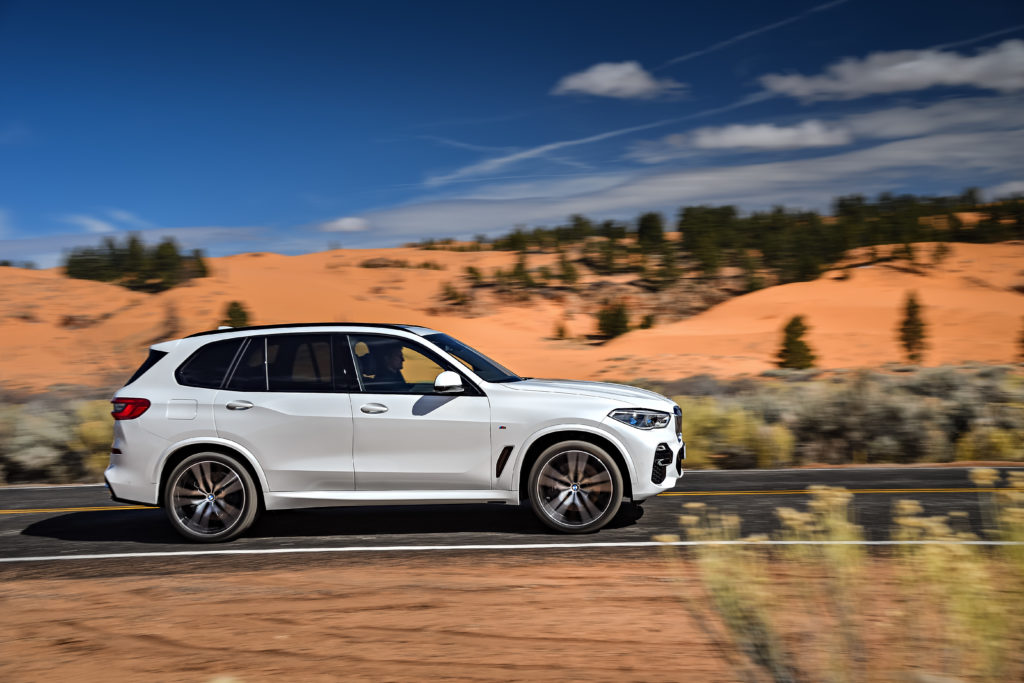BMW North America posted a 17.4% decline in sales during the first quarter, a figure that includes a 35% drop for MINI, and a 15.3% drop for the BMW brand. Those numbers are derived from BMW NA delivering just 64,692 vehicles during the first quarter of 2020, compared with 78,299 a year earlier. Looking at the specific brands, MINI delivered 5,237 vehicles, down substantially from the 8,072 which met new owners during the first quarter of last year. It’s the same story with the BMW brand, but to a lesser degree of severity—for now. From January through the end of March 2020, 59,455 BMW vehicles were delivered, a breathtaking reduction from the 70,227 units sold a year earlier.
Declines in auto sales the world over from all different manufacturers on a scale we have have not seen in years are expected to continue indefinitely, until the U.S. and world begin to see a reduction in the rate of new novel human coronavirus cases. According to CNBC auto and airline analyst Phil LeBeau, first quarter U.S. auto sales dropped 11% collectively, with just 15,100,000 units delivered, representing the slowest sales rate since the fourth quarter of 2012. With many states across the U.S. issuing standing stay-at-home orders to the general public and non-essential employees, sales during March alone were reportedly poor enough to wipe out relatively strong performance in January and February.

When people in the U.S., Europe, and elsewhere around the world will begin to be able to return to work and achieve some semblance of normalcy remains to be seen. The same outlook applies to auto sales, which tend to follow the broader economy in a timely subsequence. As we’ve explained in recent articles, this is just one part of the current macroeconomic situation right now. While demand for everything aside from essential commodities has been all but stifled, auto factories in the U.S. and Europe are currently shuttered, and are to remain idled until at least the second half of April. In China, where the communist government has attempted to usher a return to normal life, factories are now facing a new problem; a shortfall in orders from places like the U.S. and Europe, the markets which have fueled the country’s astounding growth over the past 40 years.
In terms of the models that are currently carrying BMW in the U.S. right now, you can probably guess if you’ve been following along with our previous (formerly monthly) sales reports. The BMW X3, X5, and X7 were the volume sellers in the so-called light truck segment, but even with those models out performing most others in the portfolio, they’ve all still logged double-digit percentage losses from a year ago. BMW NA sold 14,465 X3 SAVs during the first quarter of 2019, a figure that has shrunk to 10,614 for this year, a decrease of 26.6%. The X5 hasn’t been hit quite as hard, but sales sliding from 11,830 to 10,638 still translates to a 10.1% decline. The X7 (along with the 7 Series, 8 Series, X4, and Z4) is among the only BMW models to post a gain, but the numbers from last year are skewed (as they are for the 8 Series and Z4) because these new models were just reaching full availability this time last year.
There is one silver lining in BMW’s Q1 2020 sales report, and it is that 3 Series sales grew from 8,765 to 10,613, an increase of 30.4%. Again, much of the growth is owed to the G20 just starting to hit BMW center showrooms twelve months ago, but if you’ve been paying attention, the 3 Series sales figure mentioned above is just one unit behind that of the X3 for the first quarter. Perhaps BMW research and development chief Klaus Fröhlich was right when he said the G20 3 Series would be a game changer.—Alex Tock

[Photos courtesy BMW AG.]





















